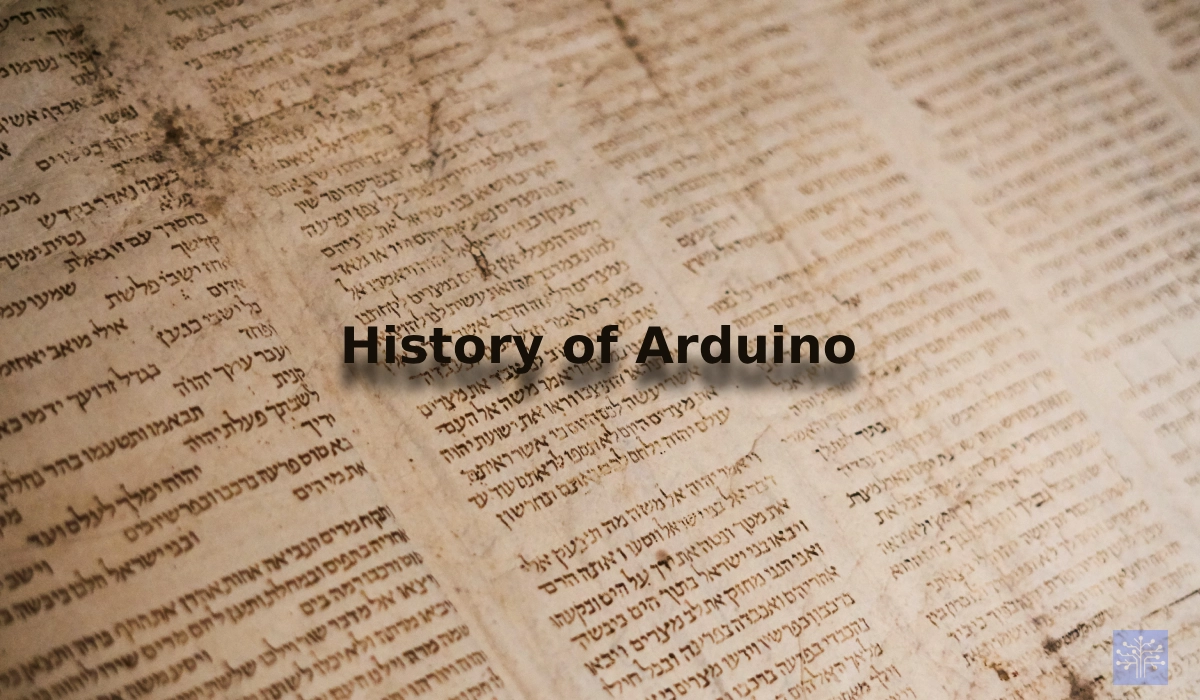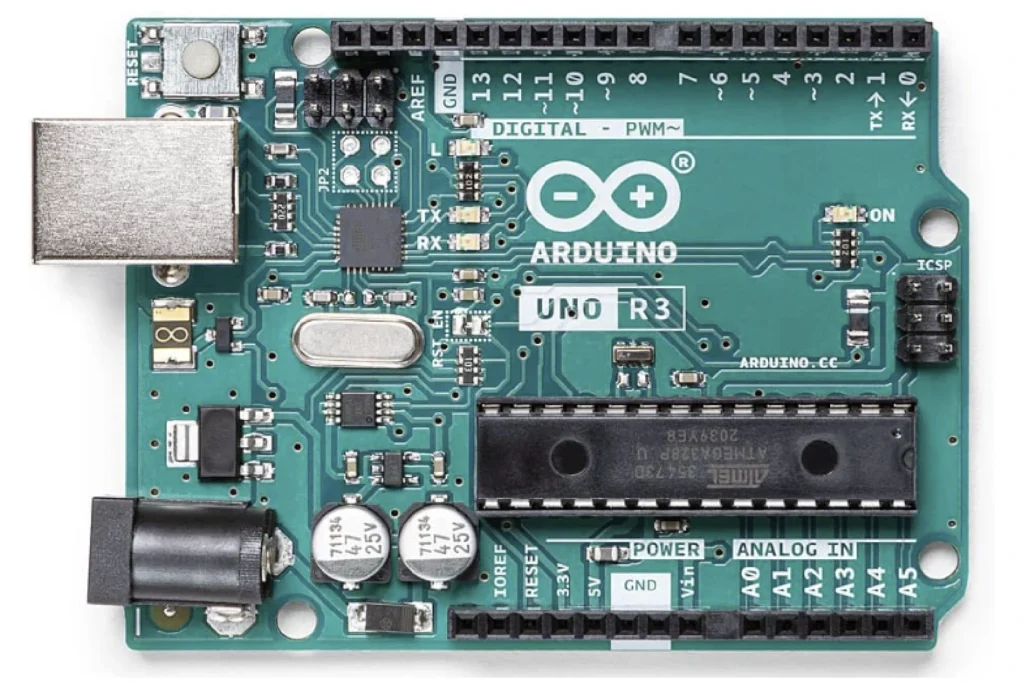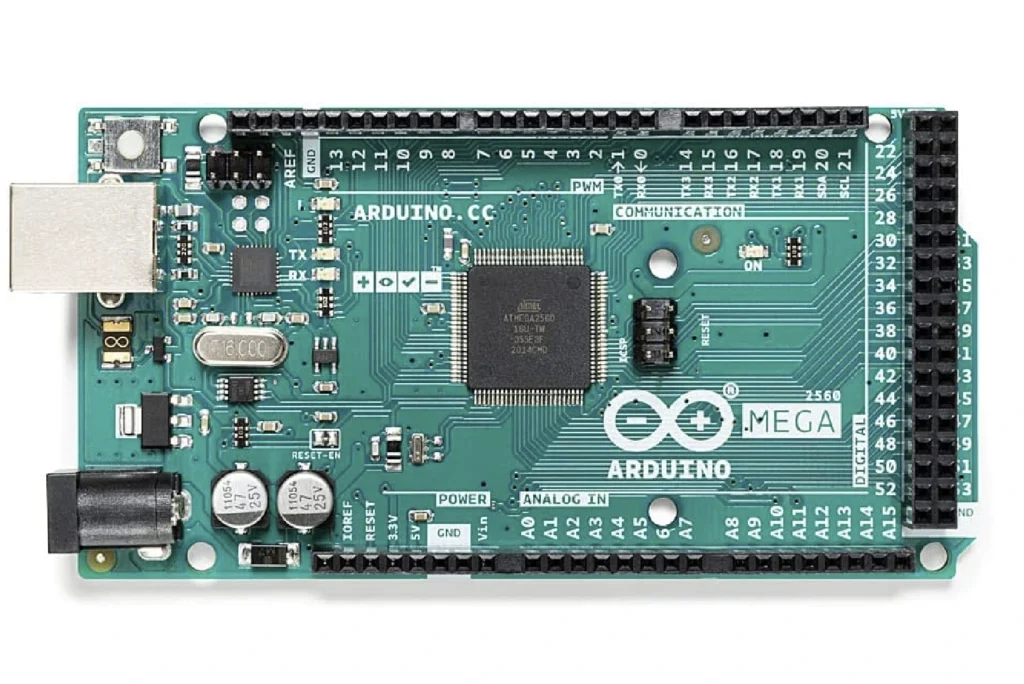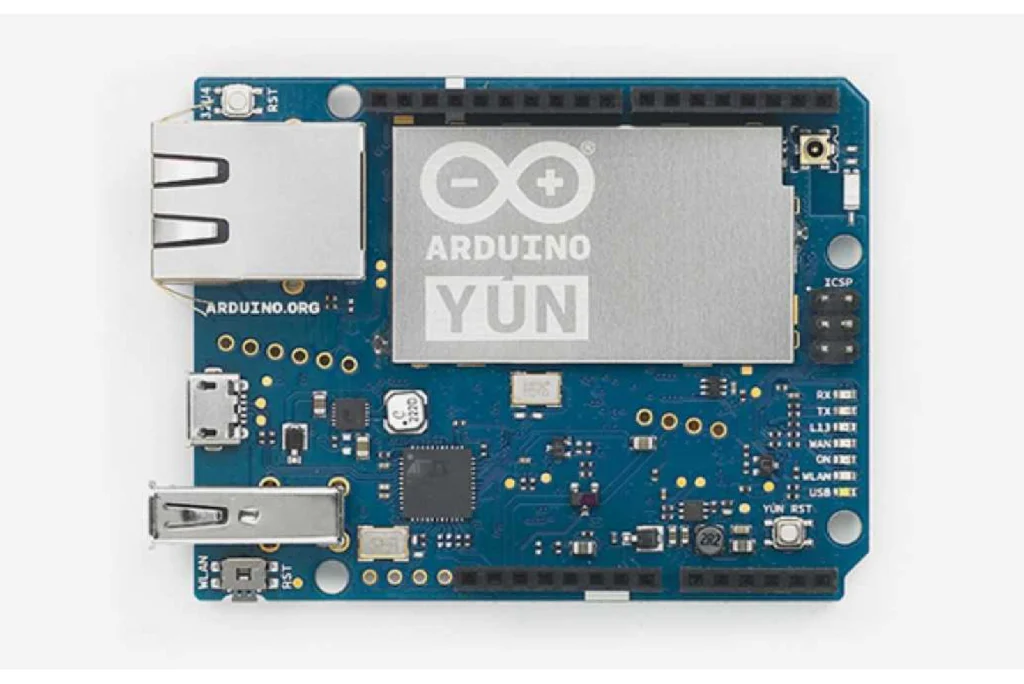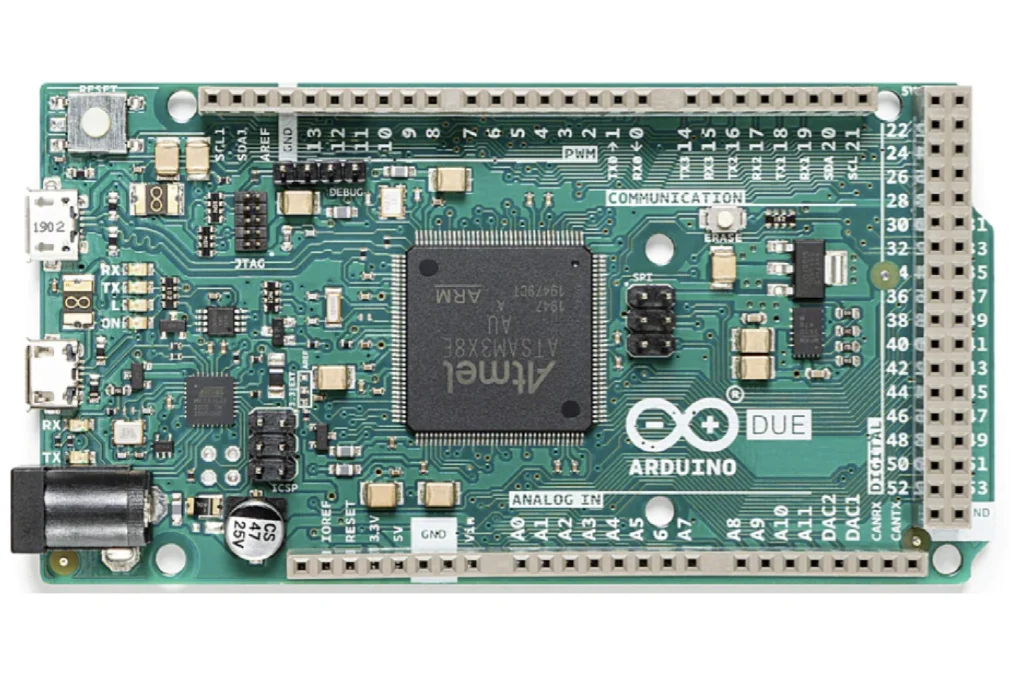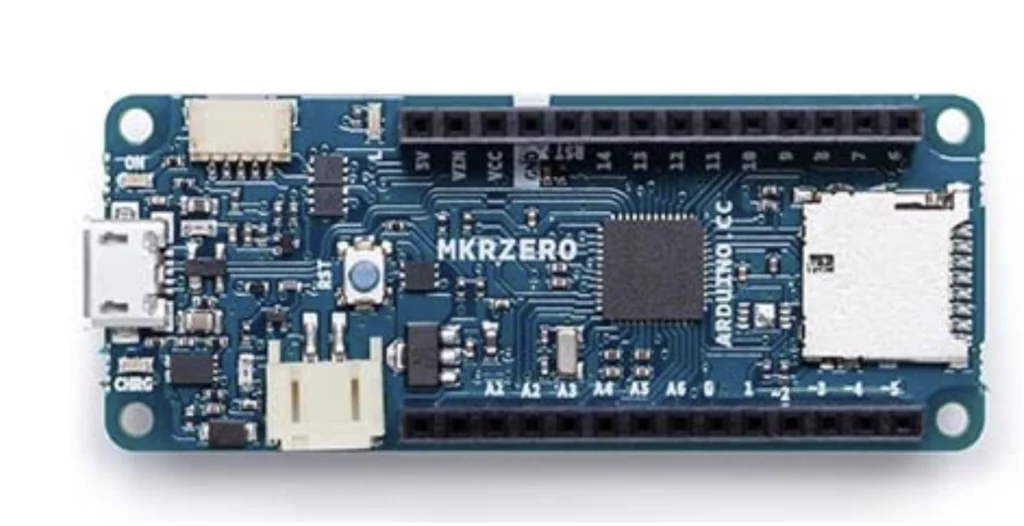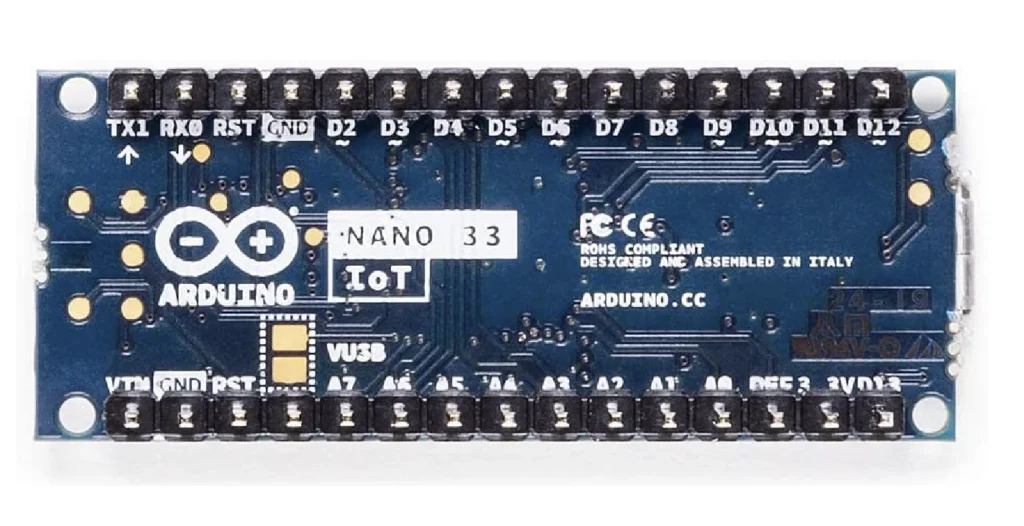Hello, fellow explorers of the internet world! Today, we go off on a fascinating historical journey the history of arduino, a wonderful platform that has transformed the way we experiment, design, and bring our wildest ideas to life. So buckle up, gather your creative energy, and get ready to discover the fascinating history behind this ground-breaking technology!

when we talk about the history of the invention of Arduino Massimo Banzi, David Cuartielles, Tom Igoe, Gianluca Martino, David Mellis, and Nicholas Zambetti, six forward-thinking engineers, set out to develop an open and user-friendly platform for embedded systems and electronics in 2005. The Arduino revolution officially started at this point.
Topic list(click to jump )
- The era before Arduino
- The Arduino Concept
- The Arduino Timeline
- 2003: Hernando Barragán creates the Wiring development platform.
- 2005: Massimo Banzi, David Cuartielles, David Mellis, and Gianluca Martino port Wiring to the Atmel AVR8 processor architecture and rename it, Arduino
- 2006: The first Arduino boards are released: the Arduino Uno, the Arduino Duemilanove, and the Arduino Nano.
- 2007: The Arduino IDE is released.
- 2008: The Arduino Mega is released
- 2009: The Arduino Ethernet is released.
- 2010: The Arduino Leonardo is released.
- 2011: The Arduino Yún is released.
- 2012: The Arduino Due is released.
- 2013: The Arduino Micro is released.
- 2014: The Arduino Zero is released.
- 2015: The Arduino MKR1000 is released.
- 2016: The Arduino MKR1010 is released.
- 2017: The Arduino MKR Zero is released.
- 2018: The Arduino MKR WiFi 1010 is released.
- 2019: The Arduino MKR WiFi 1010 is released.
- 2020: The Arduino Nano 33 IoT is released.
- 2021: The Arduino Nano RP2040 Connect is released.
- 2022: The Arduino Nano 33 BLE Sense is released.
- The Impact of Arduino

Massimo Banzi
(Photo by David Cuartielles)
Massimo Banzi holds a bachelor’s degree in Electronics from the University of Milano, Italy. He also has a Master’s degree in Interaction Design from the Interaction Design Institute Ivrea in Ivrea, Italy

David Cuartielles
David Cuartielles holds a bachelor’s degree in Computer Systems Engineering from the Universidad Central de Las Villas in Cuba. He also has a Master’s degree in Computer Science and Education from the University of Malmö in Sweden.

Tom Igoe
photo from https://tisch.nyu.edu/about/directory/itp/3558397
Tom Igoe holds a bachelor’s degree in Physics from Luther College in Iowa, United States. He went on to earn a Master’s degree in Physical Interactions Design from the Interactive Telecommunications Program (ITP) at New York University.

David Mellis
photo from https://twitter.com/mellis
David Mellis holds a bachelor’s degree in Physics from Harvard University. He later pursued further studies in the field of Electrical Engineering and Computer Science, earning a Master’s degree and a PhD from the Massachusetts Institute of Technology (MIT).
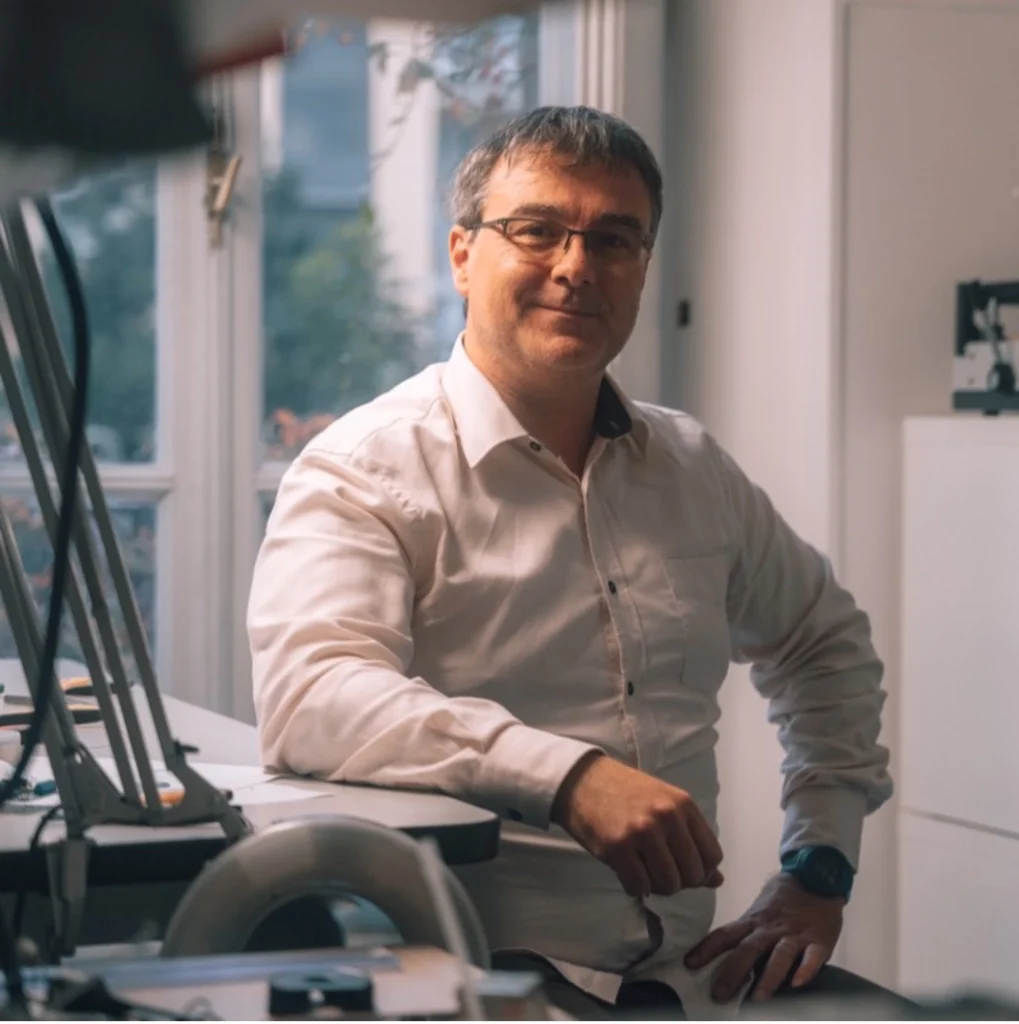
Gianluca Martino
photo from https://www.linkedin.com/in/gianluca-martino-b10b81222/?originalSubdomain=es
Gianluca Martino holds a Bachelor of Engineering – BE, Ingeniería eléctrica y electrónica from Politecnico di Torino
The era before Arduino
Working with microprocessors and embedded systems was a difficult and specialised task before the invention of Arduino. It was inaccessible to the majority of people, including beginners, as it required substantial technical knowledge and specialized instruments.
Passionate minds of ambitious innovators and inventors appeared to be going away from the fascinating world of electronics.
Before the invention of Arduino, microcontrollers were more challenging to use. They were frequently created using assembly language, a low-level, challenging language to learn and operate.
Additionally, there were fewer tools available to teach individuals how to use microcontrollers.
It was difficult to prototype and experiment with electronic projects. Being unable to use standardized tools and user-friendly platforms made it challenging to implement ideas. Students and amateurs found it difficult to express their creativity and turn their ideas into working prototypes.
Entry restrictions made it difficult to innovate and constrained what could be accomplished. This is the before of the history of arduino.

The Arduino Concept
Open-source principles: The Arduino team was committed to knowledge sharing and democratizing technology. They created an open-source hardware and software platform that individuals could use, modify, and share their creations without restriction.
Arduino boards were built around Atmel microcontrollers, which provided a powerful and flexible foundation for various projects.
why the Arduino choose Atmel microprocessors as their platform
- Accessibility: Since Atmel microprocessors were readily available, Arduino users could easily purchase them. This made it possible for Arduino boards to be made and distributed more effectively, ensuring a wider audience and availability for hobbyists and developers.
- Performance and Versatility: For a variety of applications, Atmel microprocessors provided a solid combination of performance and versatility. To handle a range of activities, from simple sensing and control to more complex projects including data processing or communication, they offered enough computational capacity and skills.
- Open-Source Compatibility: The open-source software and development tools that Arduino used were compatible with Atmel microprocessors. This compatibility facilitated seamless integration between the hardware and software components, allowing users to write and upload code to Arduino boards with ease.
- Cost-Effectiveness: In line with Arduino’s goal of making electronics accessible to a broad audience, Atmel Microprocessors provided a solid blend of performance and affordability. Due to the Atmel microprocessors’ low cost of production, Arduino boards are now more accessible to professionals, enthusiasts, and students alike.
A contract between Arduino and Atmel to use Atmel’s AVR microcontrollers in Arduino boards was signed in 2016. This deal made it possible for Arduino to keep providing its users with high-quality, cheap boards.
Simple and standardized: Arduino adopted a condensed C/C++-based programming language, making it simpler for new programmers to create code. A standardized layout was used in the hardware design, making it simple to connect sensors, actuators, and other parts. This is how the Arduino concept was first introduced in the history of arduino.
The Arduino Timeline
Let’s talk about the timeline in the history of arduino

2003: Hernando Barragán creates the Wiring development platform.
As part of his master’s thesis at the Interaction Design Institute Ivrea (IDII) in Italy in 2003, Hernando Barragán developed the Wiring development platform.
The Wiring platform was created to make it simpler for designers and artists to include electronics in their work. It offered a straightforward, user-friendly interface for managing electronic devices and was built on the Processing programming language.
The maker movement was sparked by the Wiring platform, which was a huge success. It enabled anyone, regardless of their level of programming or electronics expertise, to design their own electronic creations.
The Wiring platform served as a direct inspiration for the Arduino project. When Barragán created the Wiring platform, one of the creators of the Arduino project, Massimo Banzi, was a student at the IDII. The Wiring platform impressed Banzi, and he recognized its potential for use by a larger audience.
2005: Massimo Banzi, David Cuartielles, David Mellis, and Gianluca Martino port Wiring to the Atmel AVR8 processor architecture and rename it, Arduino.
This is the main point in the history of arduino.
Banzi and a few other IDII students renamed the Wiring platform Arduino in 2005 after porting it to the Atmel AVR8 processor architecture. The Arduino project acquired popularity fast, and it has since emerged as one of the most widely used platforms for electronic prototyping.
2006: The first Arduino boards are released: the Arduino Uno, the Arduino Duemilanove, and the Arduino Nano.
Learn more about Arduino basics…
2007: The Arduino IDE is released.
The Arduino IDE is an application for creating and uploading programs to Arduino boards that is open-source and free. It is supported by Linux, Windows, macOS, and Raspberry Pi. Massimo Banzi, David Cuartielles, David Mellis, Gianluca Martino, and Tom Igoe founded the IDE in 2007.
The Processing IDE, which was developed by Casey Reas and Ben Fry, serves as the foundation for the Arduino IDE. A cross-platform IDE for building interactive graphics and multimedia applications is called Processing. The Processing/Wiring programming language, which is used by the Arduino IDE, is similar to Processing.
The Arduino IDE is a straightforward and user-friendly IDE. It includes a text editor, a compiler, and a serial monitor all in one package. The Arduino programs are created in a text editor. The Arduino programs are translated into machine code by the compiler so they may be executed on the Arduino board. Data from the Arduino board is sent and received using the serial monitor. this is another interesting incident in the history of arduino.
2008: The Arduino Mega is released
Compared to the Arduino Uno, it has more digital and analog input/output pins and was introduced in 2008. Additionally, the Arduino Mega offers larger RAM and Flash storage. Because of this, it’s a fantastic option for tasks that need additional processing power or memory.
2009: The Arduino Ethernet is released.
more details about Arduino Ethernet
2010: The Arduino Leonardo is released.
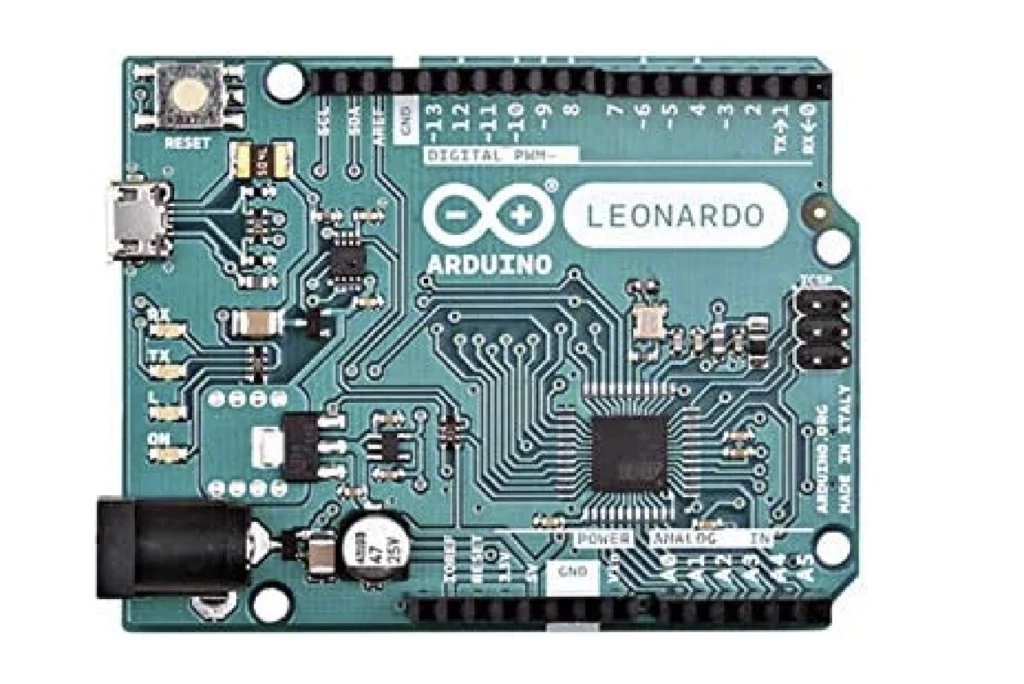
more details about Arduino Leonardo
2011: The Arduino Yún is released.
more details about Arduino Yún
2012: The Arduino Due is released.
more details about Arduino Due
2013: The Arduino Micro is released.
more details about Arduino Micro
2014: The Arduino Zero is released.

more details about Arduino Zero
2015: The Arduino MKR1000 is released.
more detail about Arduino MKR1000
2016: The Arduino MKR1010 is released.
more detail about Arduino MKR1010
2017: The Arduino MKR Zero is released.
more detail about Arduino MKR Zero
2018: The Arduino MKR WiFi 1010 is released.

2019: The Arduino MKR WiFi 1010 is released.

In 2018/2019, this board made a few minor additions.
more details about Arduino MKR WiFi 1010
2020: The Arduino Nano 33 IoT is released.
more about Arduino Nano 33 IoT
2021: The Arduino Nano RP2040 Connect is released.

more about Arduino Nano RP2040 Connect
2022: The Arduino Nano 33 BLE Sense is released.
more about Arduino Nano 33 BLE Sense
this is the timeline of the history of arduino until 2022.
The Impact of Arduino
Education and Innovation: Arduino opened up the field of electronics and embedded systems to experts, amateurs, and students all around the world. It gave people the ability to make their ideas a reality, encouraging innovation across a range of industries.
DIY Projects: Arduino served as the inspiration for an abundance of DIY projects, including robots, wearable technology, home automation systems, and environmental monitoring.
Community and Collaboration: Arduino promoted an active group of enthusiasts who worked together on projects, shared expertise, and helped out other users. Online forums and platforms have developed into a centre for knowledge sharing.
this is the full detail of the history of Arduino.

